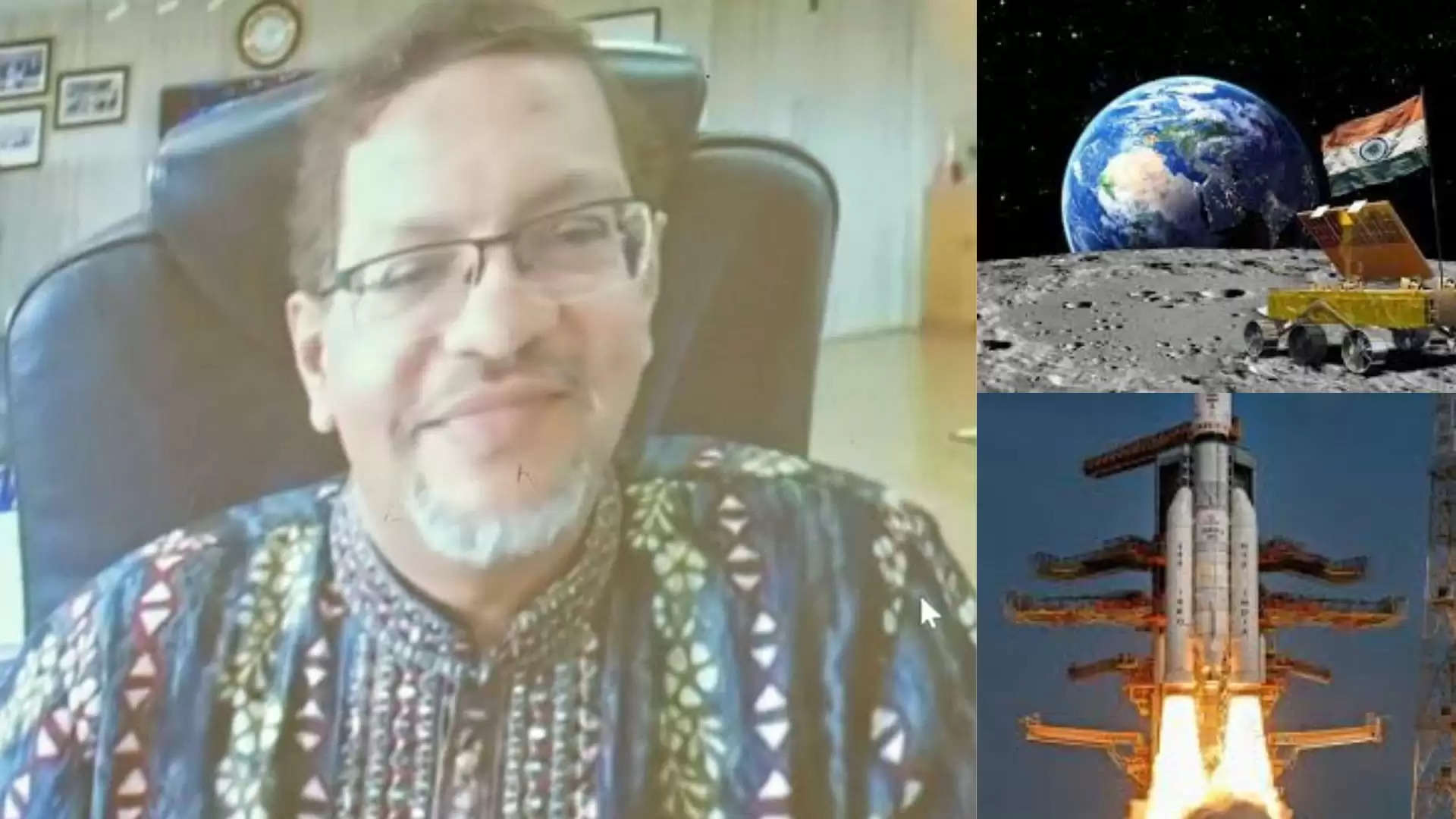Next Chandrayaan Mission to Explore Human Habitability on Moon
On August 23, 2023, the successful landing of the Vikram Lander and deployment of the Pragyaan Rover on the Moon marked a historic milestone for India. In honor of this achievement, the Government of India has declared August 23 as National Space Day (NSpD). This event signifies India's entry into the elite group of spacefaring nations, becoming only the fourth country to achieve a lunar landing and the first to touch down near the Moon's south pole.
National Space Day was also observed at the Udaipur Solar Observatory (USO) on August 12, 2024. Scientists, research scholars, and staff at the USO participated in activities to explain scientific developments related to the Chandrayaan-3 mission through oral and poster presentations.
Prof. Anil Bhardwaj, a distinguished scientist and director at the Physical Research Laboratory (PRL), provided valuable insights into the mission. He highlighted that India's spacecraft entered lunar orbit on August 5, 2023, and successfully landed near the lunar south pole, a region previously unexplored.
Prof. Bhardwaj explained that the mission revealed the presence of various minerals on the Moon, suggesting that water exists in the form of ice or vapour. This finding is significant because it indicates the Moon's potential to support human life through the presence of oxygen and hydrogen.
When asked about future missions, he mentioned that preparations are underway for a new mission, which is expected to launch in about five years. The previous Chandrayaan mission lasted for one Lunar day, which is equivalent to 14 Earth days. The mission was conducted over a period of 12 days. Future missions are planned to be longer, as they will involve bringing Moon particles back to Earth. This adds a layer of complexity, as the previous missions only involved research on the Moon itself. The challenge now is to handle and utilize these particles effectively.
In addition, future missions will aim to explore whether human life could be sustained on the Moon.
To join us on Facebook Click Here and Subscribe to UdaipurTimes Broadcast channels on GoogleNews | Telegram | Signal



